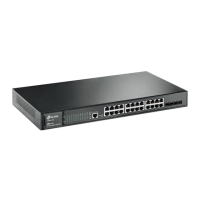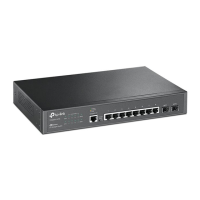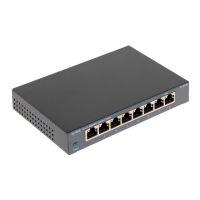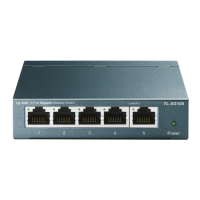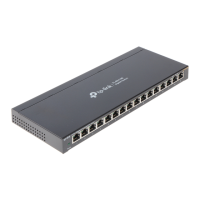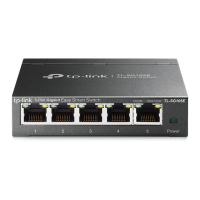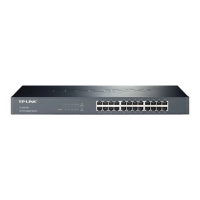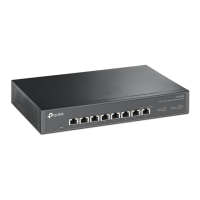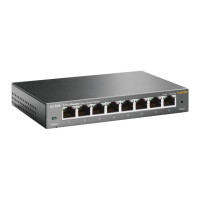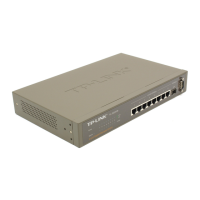User Guide 512
Configuring Layer 3 Interfaces Layer 3 Interface Configurations
Step 2 Create a VLAN interface:
interface vlan
vlan-id
vlan-id
: Specify an IEEE 802.1Q VLAN ID that already exists, ranging from 1 to 4094.
Create a loopback interface:
interface loopback {
id
}
id:
Specify the ID of the loopback interface, ranging from 1 to 64.
Create a routed port:
interface {
fastEthernet
port
| range fastEthernet
port-list
| gigabitEthernet
port
| range
gigabitEthernet
port-list
| ten-gigabitEthernet
port
| range ten-gigabitEthernet
port-list
}
Enter interface configuration mode.
port
: Specify the Ethernet port number, for example 1/0/1.
port-list:
Specify the list of Ethernet ports, for example 1/0/1-3, 1/0/5.
no switchport
Switch the Layer 2 port into the Layer 3 routed port.
Create a port-channel interface:
interface { port-cahnnel
port-channel
| range port-channel
port-channel-list
}
Enter interface configuration mode.
port-channel
: Specify the port channel, the valid value ranges from 1 to 14.
port-channel-list:
Specify the list of the port-channel interface, for example 1-3, 5.
no switchport
Switch the port channel to a Layer 3 port channel interface.
Step 3 description
string
Specify a description for the Layer 3 interface.
string:
The description of the Layer 3 interface, ranging from 1 to 32 characters.
Step 4 end
Return to privileged EXEC mode.
Step 5 copy running-config startup-config
Save the settings in the configuration file.
The following example shows how to create a VLAN interface with a description of VLAN-2.
Switch#configure
Switch(config)#interface vlan 2
Switch(config-if)#description
VLAN-2
Switch(config-if)#end
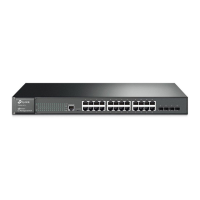
